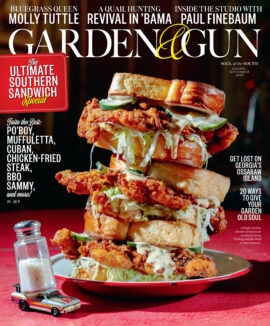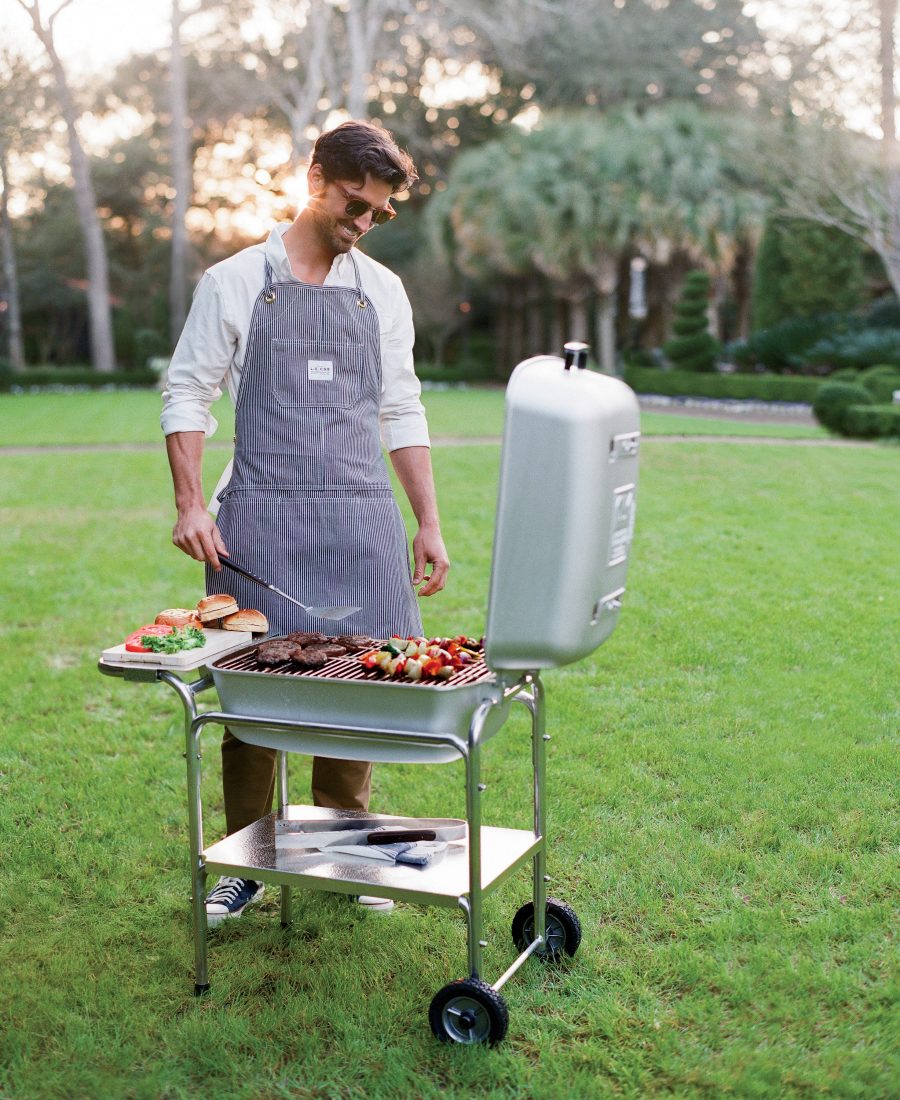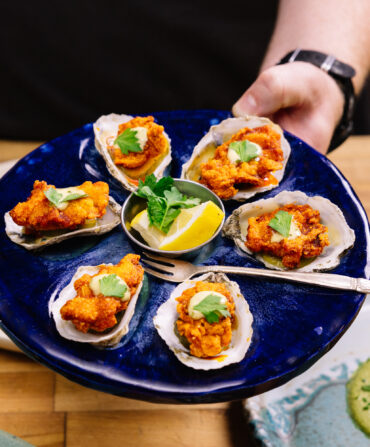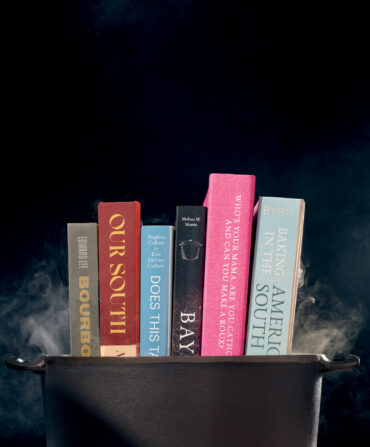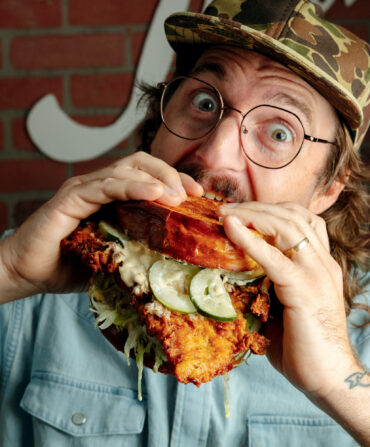No matter where you live or how rainy it might be, this weekend marks the unofficial start of summer grilling season. And while we’re certainly not trying to criticize your burgers, we have a few choice tips. They come from the myth-busting Meathead Goldwyn, the proprietor of the popular grilling website AmazingRibs.com and the author of the new book Meathead: The Science of Great Barbecue and Grilling.
MYTH: You can gauge the temperature of a grill or the doneness of a steak with your hand.
Maybe if you work the line at a busy steakhouse. Otherwise, no. Trying to read a grill by holding your hand a few inches over the grate is a dubious technique that delivers burnt or undercooked results more often than not. “Can you imagine using an oven without knowing what the temperature is?” Goldwyn says. And judging a steak’s doneness by comparing it to the piece of skin between your thumb and forefinger? A lot of grillers try it, but it’s even less accurate. “For one thing, every hand is different,” Goldwyn says. Every piece of meat is different, too. There is a solution. Take control with two thermometers, one for the meat and one for the surface of the grill. He likes the top-of-the-line Thermapen, the more affordable Thermapop, and the dual-probe Maverick ET-732.
MYTH: White smoke is the best smoke.
It’s the most visible, and it beats acrid-tasting black, brown, or grey smoke, but blue is better. “Blue smoke has smaller particles and gives you a better, cleaner smoky flavor,” Goldwyn says. It comes from hardwood burning off to the side with a full, yellow flame, not smoldering coals. “People get all upset when they throw wood chips on the grill and they catch fire and burn up. That’s actually good. You’ll go through more wood, but you’ll be happier with the result.”
MYTH: Once your pork butt—or brisket—is cooking, don’t touch the smoker! (a.k.a. “Looking ain’t cooking.”)
Turns out a big, slow-cooking piece of meat isn’t as delicate as you might think, says Goldwyn. “Hot air cooks the meat from the outside, but then that heat moves inward to cook the rest.” When you open the cooker, you’re flushing the hot air from around the meat but hardly slowing the work happening inside. Besides, his studies have shown that the air inside the grill or smoker heats up quickly when it closes again. “You don’t want to open it every fifteen minutes, but you’re free to admire your handiwork or do a little basting.”
MYTH: Always soak your wood chunks before adding them to a grill or smoker.
“There’s a reason why they build boats out of wood,” Goldwyn says. It doesn’t absorb water well. For the book, he soaked wood chips and chunks in water for hours at a time and found that they remained bone-dry inside. What water they did absorb evaporated quickly once the wood hit the grill—after wreaking havoc on the cooking temperature. “Once you get the coals to the right temperature, why would you throw wet charcoal on top?” Goldwyn says. “You might as well dump water on there.”
MYTH: When you’re smoking meat, the type of wood you choose is as important as the seasoning.
It isn’t that simple, Goldwyn says. There are so many other variables: “Hickory is a popular wood, but there are many different kinds: shagbark, pignut, black. Is it new wood or well aged? Does it have a lot of bark? Where did it grow?” If you’re buying wood from different sources, it’s going to behave differently—even if it’s all hickory, apple, or peach. “You’re dealing with so many variables: meat, rub, salt, fat, temperature. It’s much more important to get control of those things,” Goldwyn says. Eliminate a variable: Find a local source for wood and try using the same logs for a year. You’ll have plenty to worry about besides the subtle influence of oak, cherry, or pecan.

